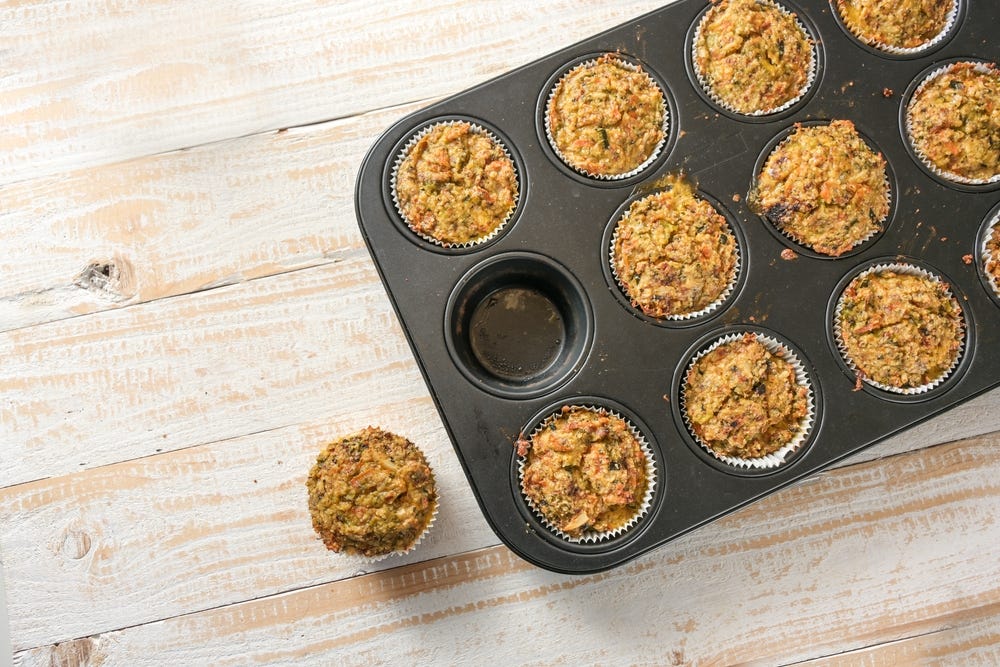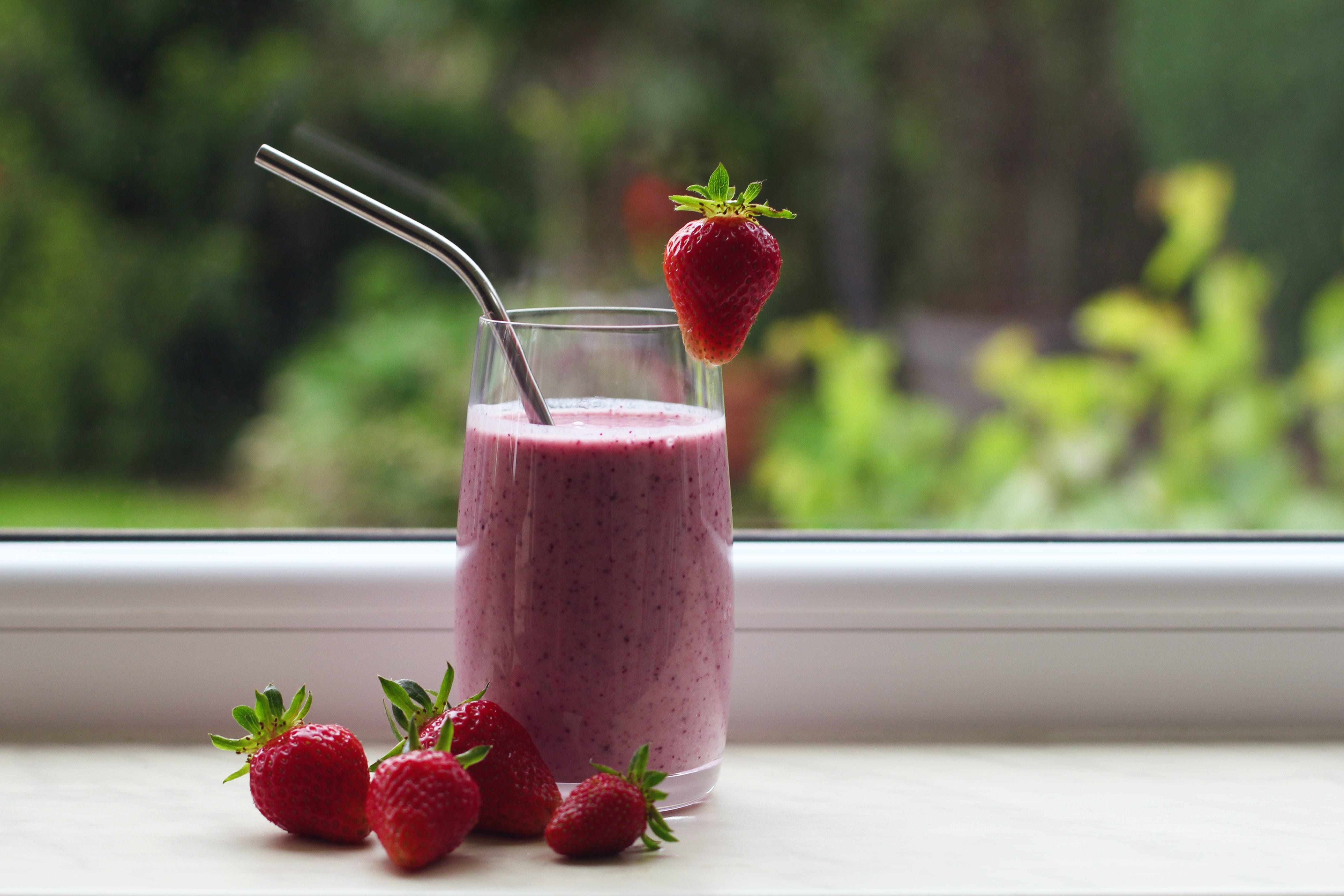
5 Things Little Ones Do to Say “I Love You”
We all know the value of loving and nurturing children; it’s vital for their development and those who feel loved and cherished will thrive later on in life.
As parents, we often focus on how much attention we’re giving our children or if we’re showing them enough affection. But it’s just as important to receive and embrace the love our kids give us in return.
When it comes to love, your little ones have a language of their own.


Your child might not say “I love you” too often or even be able to speak at all. Babies might only respond to their parents’ scent or smile, while toddlers are able to express their feelings much more.
Children learn to show affection in new and different ways throughout each stage of their development. Being able to understand and recognise those gestures and feelings can help you strengthen your relationship and create a deeper bond.


Here are some common ways that little ones say “I Love You” – without using words!
1. A Loving Gaze
Eye contact is one of the first and most exciting ways your baby engages with you. Studies have shown that a mutual gaze creates a special connection between parent and child. A loving gaze doesn’t just tell you that your baby knows your face, it also shows that they actively seek your attention and want to develop a relationship with you.
2. A Smile for Miles
Did you know? Babies start smiling early on in life, some even begin in the womb! However, these reflex smiles are involuntary and reactional. Their real, social smiles often start between 6 – 8 weeks of age; and is usually a response to recognising the face of a loved one.
You’ll know when your baby is truly smiling – their whole face lights up! Babies learn to mimic facial expressions from early on and can soon start to understand different human emotions such as happiness, anger and surprise. Once your child learns to grin, they’ll do it again and again. It won’t be long until they start to chuckle or even burst into laughter!
3. X’s and O’s
Most babies love being hugged and held from the start, but it usually takes 6 months until they have the physical and cognitive abilities to ask for affection. Before our little ones learn to talk, they use non-verbal cues and body language such as holding their arms up, wriggling closer to you or kissing as a way of saying they love you and want to be close to you!
4. Baby See, Baby Do
It’s true – imitation really is the best form of flattery, especially when it comes from your little one! You might have noticed your child copying what you do, whether it’s feeding you their food, caring for a lovey or pretending to talk on the phone. It’s no surprise that you’re their role model and they want to grow up to be “just like mummy/daddy!”
5. Sharing is Caring
Research suggests that toddlers have a deep-rooted instinct to share and help others. Since young, children learn to share as a way to encourage others and show they care. While toddlers might think the world revolves around them, many of them have a generous spirit as well.When your child shares, use descriptive praise (instead of “Good boy!” try saying “Thanks for sharing your toy with me – it makes me feel happy!”) to encourage this behaviour.
Tell us, what else does your child do to show their affection?





